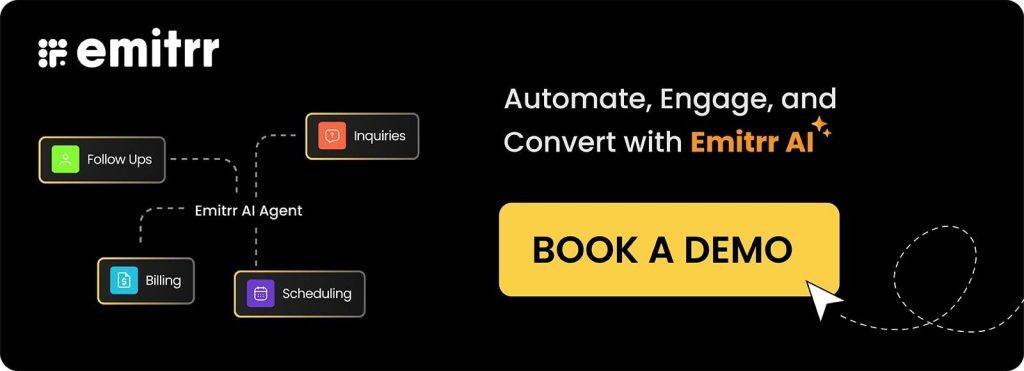Dental Insurance Narrative Form
What is Dental Insurance Narrative Form?
A dental insurance narrative form is used to provide detailed explanations supporting insurance claims. Often paired with a dental insurance verification form or dental insurance breakdown form, it helps justify treatment necessity, ensuring insurers have a complete context for approvals and minimizing claim denials for patients and dental providers.
Purpose of the Dental Insurance Narrative Form
Insurance companies often require more than basic codes and claims to approve coverage. A dental insurance narrative form allows providers to explain the medical necessity of treatments such as crowns, implants, or periodontal procedures. By complementing the insurance breakdown form dental and dental insurance verification form, it creates a more comprehensive submission, reducing delays and rejections. Moving to digital formats integrated with EHR systems streamlines this process, preventing errors from manual paperwork. When combined with patient intake workflows and secure patient communication software, practices can improve efficiency, strengthen HIPAA compliance, and deliver a smoother, more transparent patient experience.
Key Components of a Dental Insurance Narrative Form
By digitizing narratives, verification, and breakdown forms, Emitrr supports accurate claim submission, improves customer service for healthcare, and strengthens financial workflows for dental practices.
- Patient Information: Full name, DOB, insurance ID.
- Provider Information: Dentist/clinic details and NPI.
- Procedure Codes: CDT codes linked to treatment.
- Narrative Description: Explanation of treatment necessity.
- Supporting Evidence: X-rays, photos, or clinical notes.
- Insurance Information: Policy number and carrier.
- Treatment History: Related past treatments if applicable.
- Date of Service: When the procedure occurred.
- Patient Consent: Authorization to submit details.
- Signatures: Provider and patient acknowledgment.
Digitize Your Medical Forms with Emitrr
Handling dental insurance narrative forms manually can be frustrating, leading to incomplete details, delays, and claim denials. Emitrr streamlines this process by digitizing insurance forms—including the dental insurance verification form, insurance breakdown form dental, and supporting narratives—into a seamless, paperless workflow. Patients and staff save time, and claims get approved faster with fewer rejections.
With direct EHR integrations, insurance data flows securely into patient records, eliminating duplication and errors. Practices can collect required narratives through HIPAA-compliant patient forms, shared via dental texting, secure texting, or email. Automated reminders ensure timely completion, supporting better patient scheduling and smoother coordination with insurance carriers.
Beyond forms, Emitrr’s patient communication software empowers dental practices with tools for patient engagement, patient satisfaction, and patient surveys. With features like dental AI receptionist, healthcare automation, and unified communication in healthcare, practices reduce administrative bottlenecks while enhancing the overall patient experience.
FAQs
A dental insurance narrative form provides additional context and justification for treatments submitted to insurers. It includes details like treatment necessity, supporting evidence, and procedure history to reduce claim denials.
While the dental insurance verification form confirms coverage and the dental insurance breakdown form outlines benefits, insurers often require narratives to understand why a treatment is necessary. This helps speed up approvals.
No, narrative forms are typically completed by dental providers. However, patients may provide background or supporting details through patient intake forms, which can be integrated into the narrative submission process.
Emitrr digitizes the process, integrating directly with EHR systems and enabling HIPAA-compliant communication. Staff can securely send and receive narrative forms through patient texting or email, with automated reminders to ensure timely completion.
Yes. Emitrr ensures all insurance-related forms, including narratives, are protected by HIPAA compliant texting, end-to-end encryption, and secure storage, safeguarding sensitive patient and insurance data.
By reducing delays in insurance processing and eliminating paperwork errors, digital forms lead to faster approvals, transparent communication, and improved patient engagement, all of which contribute to higher patient satisfaction.
Still Using Paperforms?
Check out what Emitrr's digital forms can do for you! Reduce wait times, ensure compliance, and boost the efficiency of your medical practice with digital forms. Watch the video to know how!

 4.9 (400+
reviews)
4.9 (400+
reviews)
